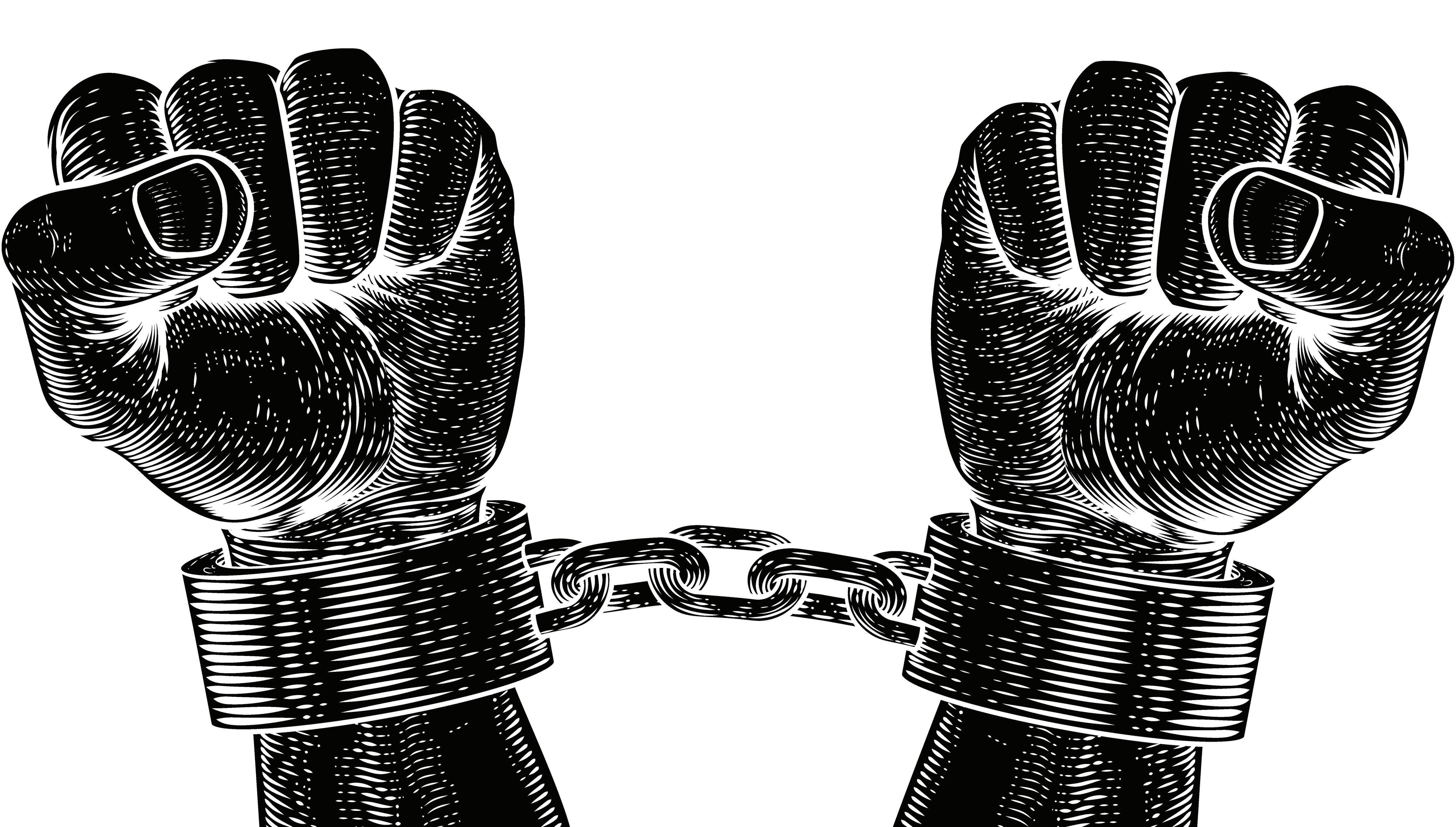
2 minute read
From the Editor
New appellate court a major milestone in SA’s major milestone in SA’s justice system
MICHAEL ESPOSITO, EDITOR
Advertisement

The establishment of the Court of Appeal is one of the most signifi cant justice reforms in South Australia’s history.
For the fi rst time, a group of judges have been empanelled to specifi cally conduct appellate hearings (however the Chief Justice has noted that the appellate and general jurisdiction of the Supreme Court may move between courts if necessary or appropriate to do so).
The appellate court, which will operate as a division of the Supreme Court, brings SA into line with the majority of other States.
As the fi nal legal authority in this State, the Court of Appeal judges will play a vital role in the maintenance of a fair and stable justice system.
The Attorney General, speaking at the Special Sitting on the establishment of the Court of Appeal division of the Supreme Court of South Australia, said the bill to establish the Court of Appeal in SA was broadly modelled on WA’s legislation, and that a report into WA’s Court of Appeal concluded that “courts of appeal raised standards generally in the courts and the legal profession, improved the quality and consistency of appellate judgments, increased the speed of delivery of such judgments, and involved shorter hearings”.
The Attorney said that in pursuing these reforms, the Government’s ultimate objective was to “improve the function and effi ciency of our justice system”.
In this edition, we are pleased to publish a paper from Justice Livesey, the fi rst Justice appointed to the Court of Appeal. Originally presented at the SA Bar Association Conference in late February, Justice Livesey’s paper refl ects on the history of appellate courts in Australia, and details the operation and functions of SA’s new Court. The paper will be of great value to practitioners involved in the work of the higher courts.
On the subject of courts, Rebecca Sandford in her Presidents’ Message gives a run-down of a fascinating webinar hosted by the Law Council of Australia about innovation in the courts. Chief Justice Alstergren, Justice Collier, and Mark Woods panelled a discussion about how the judicial system responded to COVID-19, the challenges that were faced, and what might be regarded as the “new normal” in the courts post-pandemic.
While much of the talk about court processes lately has centred on the infl uence of the pandemic, the Bulletin features a thought-provoking article from fi nal-year law student Alexandra Kenny that suggests the foundational principles of the Westminster legal system is in some ways incongruous with Indigenous concepts of justice.
Also in this edition, DW Fox Tucker Director Patrick Walsh explores the very topical issue of what rights and obligations employees and employers have with regards to the COVID-19 vaccine. The article is a helpful guide as to what businesses must consider when updating their work, health and safety policies in the context of the COVID-19 vaccine roll-out. B

IN THIS ISSUE
12
INDIGENOUS JUSTICE
The problem of imposing Western legal practice on ATSI people
16
VACCINE RIGHTS
Can employees be forced to have the COVID-19 vaccine?
28
DEEJ REFLECTS
Recently retired Deej Eszenyi refl ects on an illustrious career








